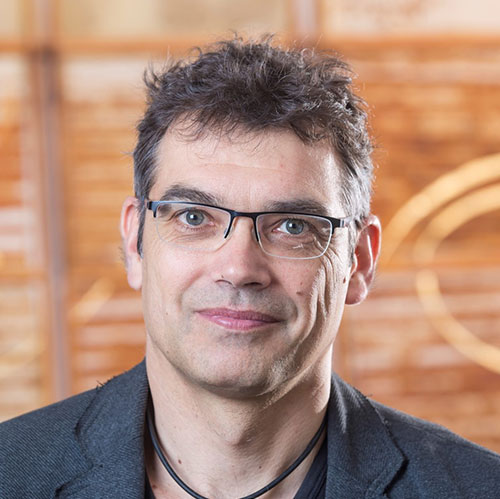Biennial Geophysical Seminar 2024
March 13-15 2024 | Hotel Radisson Blu Caledonien, Kristiansand, Norway
Presentation: March 14 at 11:05
Double shot of stimulation
Sharp Reflections will be part of the buzz in the coffee zone. Visit our stand, meet CEO Bill Shea and R&D Director Jörg Herwanger, and learn about our latest advances in 4D seismic analysis.
Presentation Thursday, March 14th at 11:05
Monitoring injection and depletion using time-lapse time shift and time strain attributes at Ekofisk
Abstract
Per Gunnar Folstad, ConocoPhilips, Jörg Herwanger, Sharp Reflections, and Peter Harris, Sharp Reflections
Production induced time-lapse time shifts (Δt) and their vertical derivate the time strains (∂Δt/∂t) are attributes that can be linked to the fractional velocity change (∂ΔVp/∂Vp) between a seismic baseline and monitor surveys. If time strains are measured with sufficient accuracy, they can be used to interpret reservoir and overburden velocity changes due to fluid changes (water-replacing-oil, or gas-out-of-solution), pressure up/down signals (in the reservoir due to injection/production; in the overburden due to cuttings re-injection) or geomechanical signals (overburden response due to reservoir compaction/dilation).
High resolution time strains used for 4D interpretation can be derived using a non-linear inversion technique along each trace. The inversion technique optimizes the data amplitude difference between a baseline survey and shifted monitor surveys, subject to constraints on the smoothness of the estimated time strains. The user has to find “optimum” parameters to find the solution which gives most geological insights from the time strain signal.
In this presentation we use examples from the Ekofisk life-of-field seismic (LoFS), comprising 24 seismic surveys to date and representing 13 years of 4D monitoring with 1-2 surveys per year, while several new wells are being drilled per year. Key challenges in the seismic analysis of well performance are (i) choosing any seismic survey as a baseline monitoring the signal over time from this baseline, and (ii) optimum parameterization of the inversion process.
The first challenge is addressed using an interactive “difference-in-viewer”, whereby seismic differences in the display are generated on-the-fly in section view (e.g., along arbitrary lines along a well-path) or map-view for average time strains per (reservoir) layer.
The second challenge of optimized parametrization is addressed using a tool working on sub-sets of the data. The data subset is chosen interactively (e.g., around specific well of interest), and time shifts, time strains, 4D difference before and after alignment are shown in real-time while inversion parameters are changed. A “trace-probe” for individual traces of base-survey and monitor surveys before and after alignment, time shift and time strain enable real-time interpretation, and allows the user to apply his/her judgement on the geological reasonableness and consistency of the estimated signal with the geological structural framework.

Jörg Herwanger, R&D director for Sharp Reflections and project manager for Foundation Project V (FP-V), will on behalf of his co-authors present ” Monitoring injection and depletion using time-lapse time shift and time strain attributes at Ekofisk.”
The FP-V “Quantitative tools for efficient 4D seismic analysis in Sharp Reflections” is a collaborative research and development program involving 13 partners aiming to develop capabilities which will empower geoscientists to process and analyze time-lapse seismic data with increased efficiency and depth.

